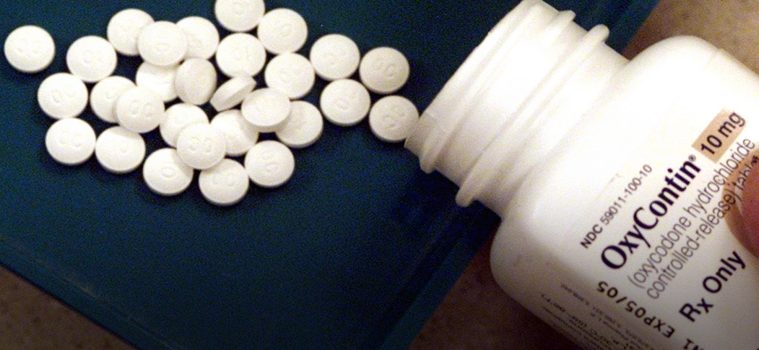NPR LISTEN – Loving Pills –
July 17, 2020 – DR. GERY GUY: There’s still three times the amount of opioids being prescribed as there was in 1999, and there’s also substantial variation across the country.
MANN: You may live in a part of the U.S. where clinicians now use opioids rarely. But you may live in a part of the country – like Pratt County, Kan., or Norton City, Va. – where opioid prescribing hasn’t come down at all.
GUY: Eleven percent of counties still prescribed enough opioids for every person living in the county to have one.
MANN: That’s one opioid prescription for every man, woman and child every year. The CDC found this happens most in rural counties that are mostly poor and mostly white, often clustered in the South. Scientists say it’s not clear why American health care seems to be splintering over opioids into different medical cultures, but there are some theories.
Dr. Patrice Harris heads an opioid task force formed by the American Medical Association.
PATRICE HARRIS: Doctors are absolutely willing to have alternatives if they are in the toolbox.
MANN: Harris says doctors in some communities simply don’t have access to physical therapists or pain specialists. Many of their patients don’t have insurance that covers non-opioid treatments.
HARRIS: We have to make sure that the solutions, the alternatives to opioids, are equitably available.



